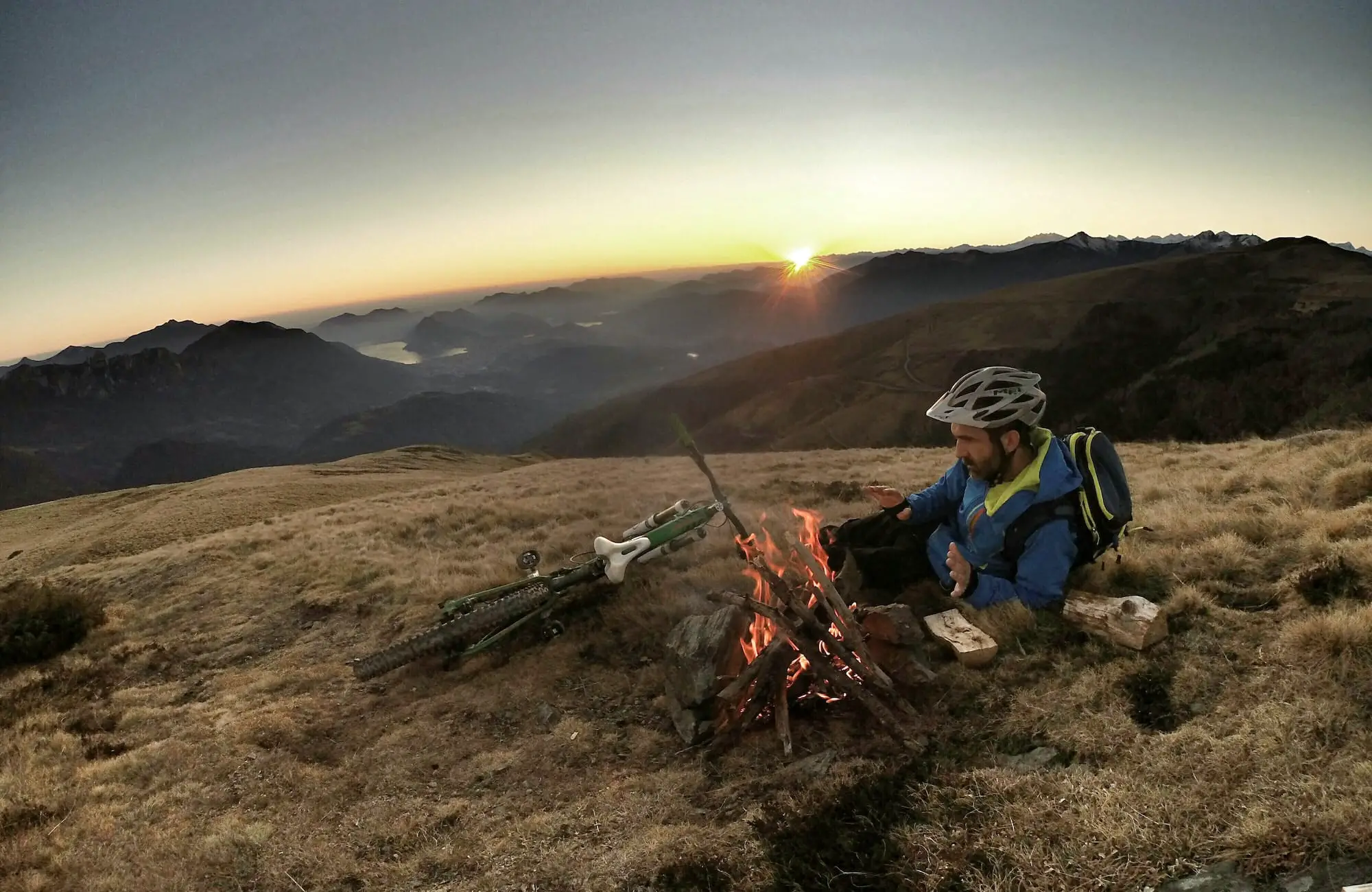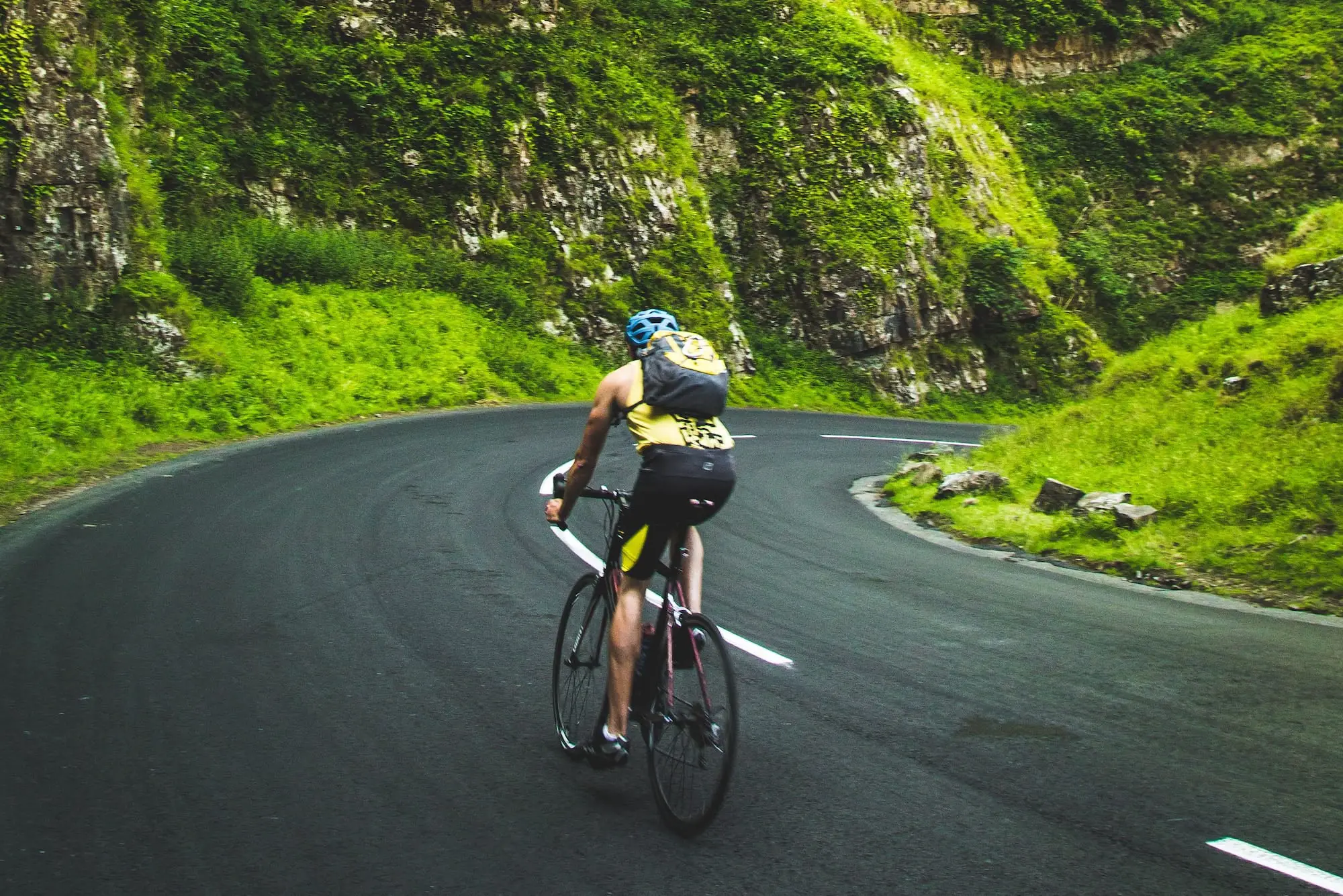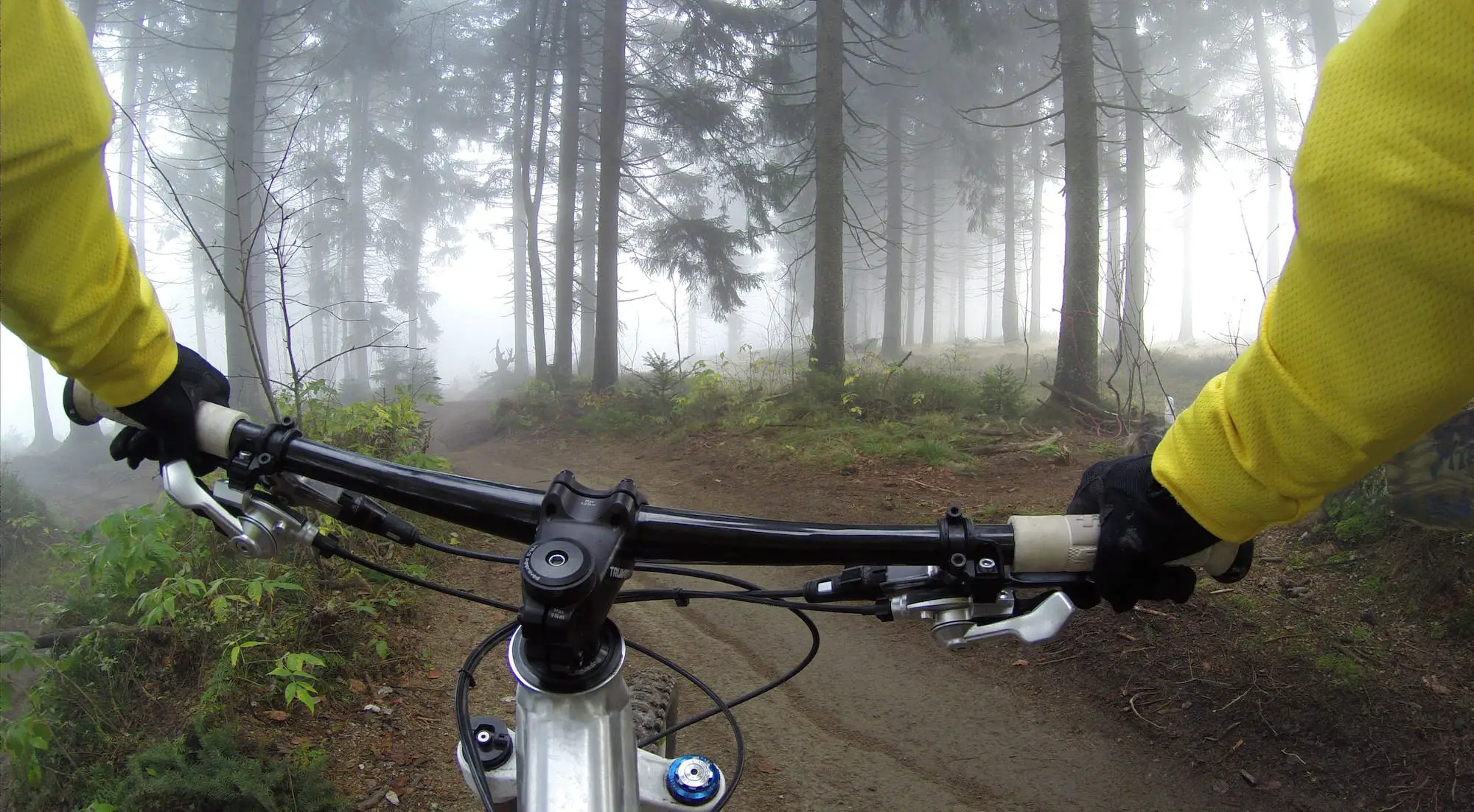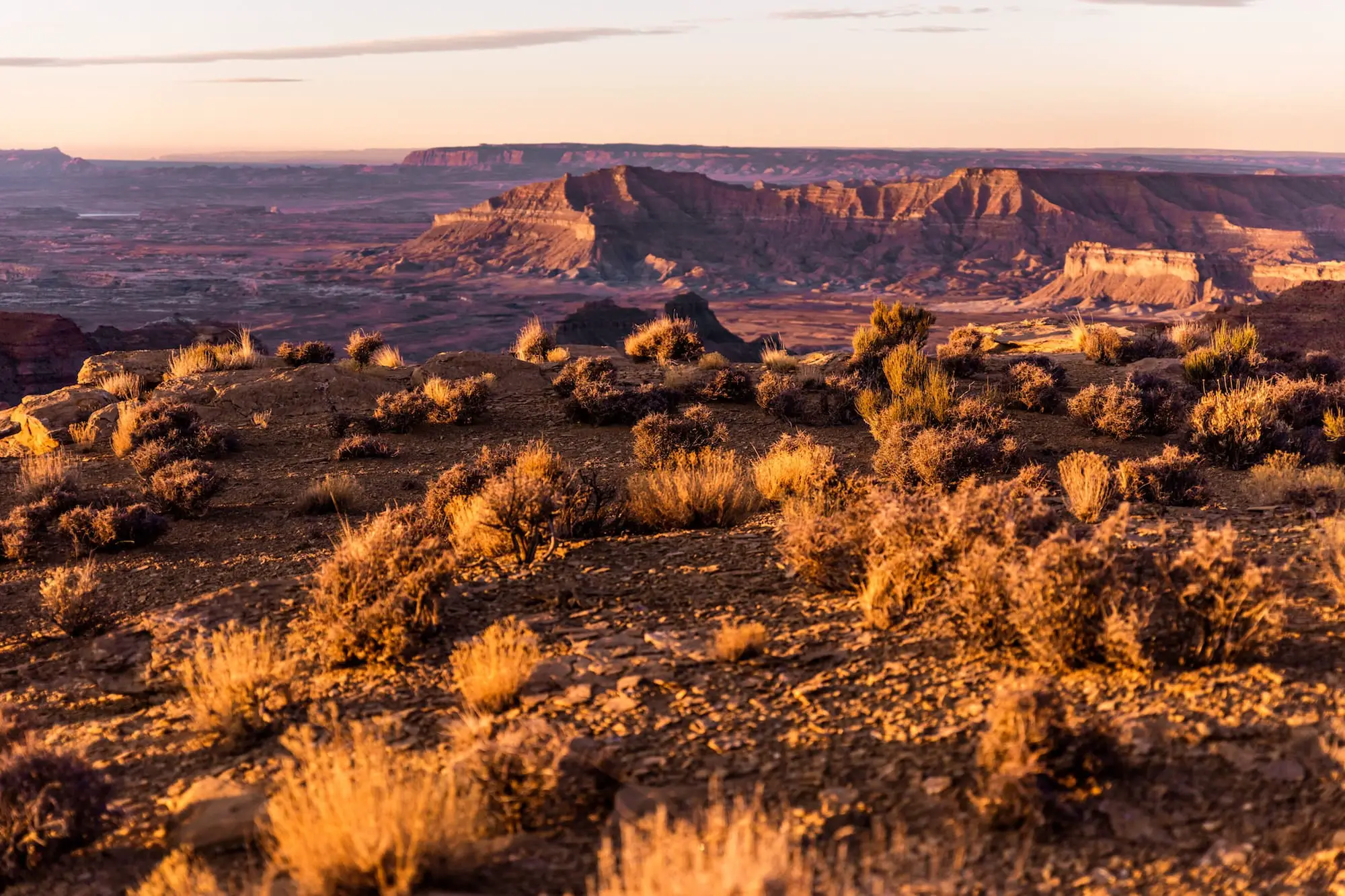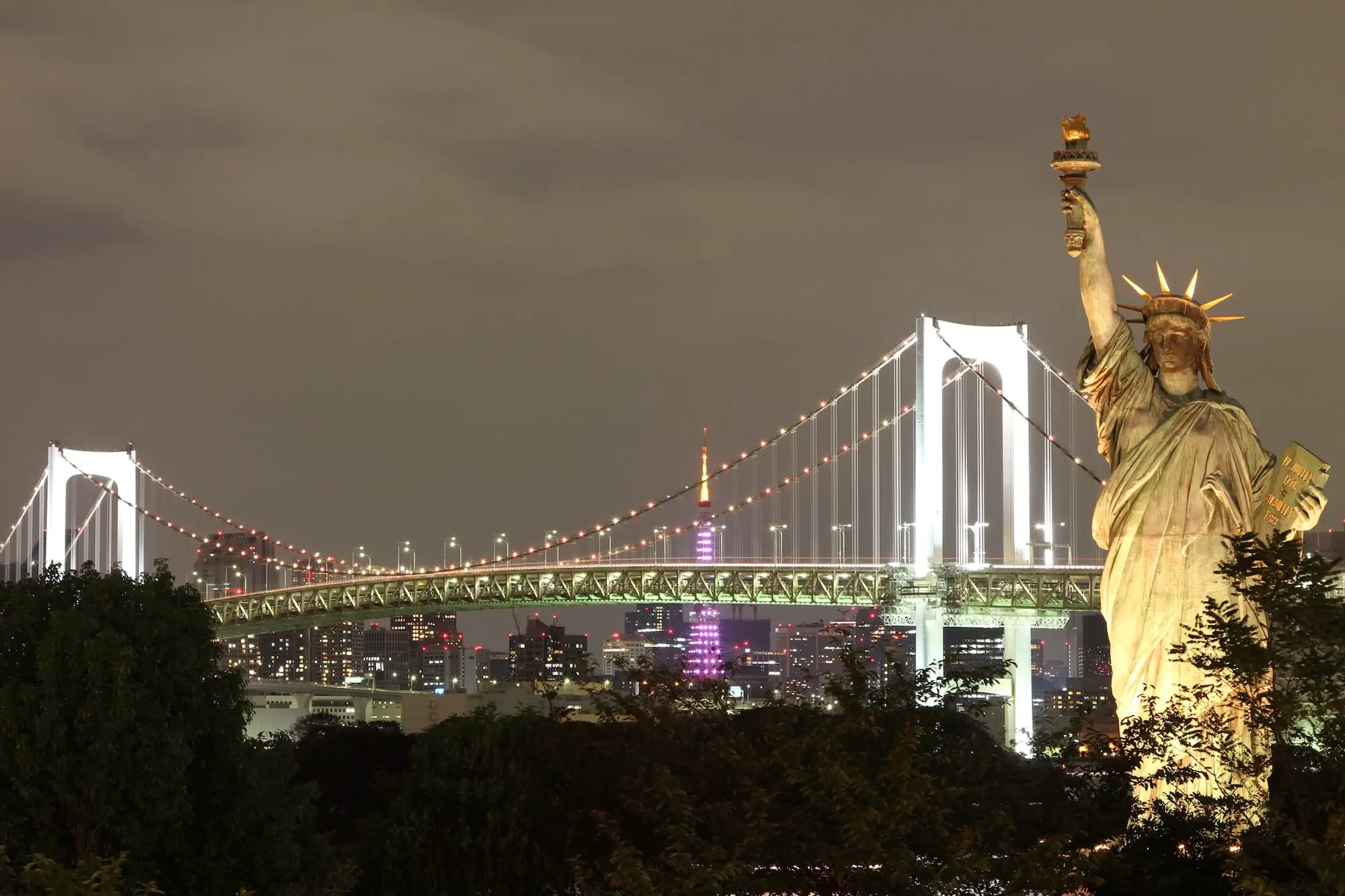Through bikepacking, cyclists get a chance to explore unpaved routes that offer solitude, first-class access to breathtaking landscapes, and a chance to take a break from city life. Pro cyclists pioneered this leisure-sport hybrid in the early 2010s. The boom followed shortly after.
Many businesses started catering to the need for sturdier bikes and lighter bags and gear, opening opportunities for casual cyclists to try it out. Bikepacking is gaining popularity not only in the US but also around the world.
Where is a better place to start than at home? The US hosts some of the most prominent routes. Here we list them down, region by region:
The Northeast
The Northeast includes the New England and Mid-Atlantic states. Boasting the rich forests of the Appalachian Highlands, riders will experience a vista of hills, high summits, and pristine lakes. In the mood for something different? A portion of the region extends to coastal plain areas such as Cape Cod, MA and the Chesapeake Bay, MD.
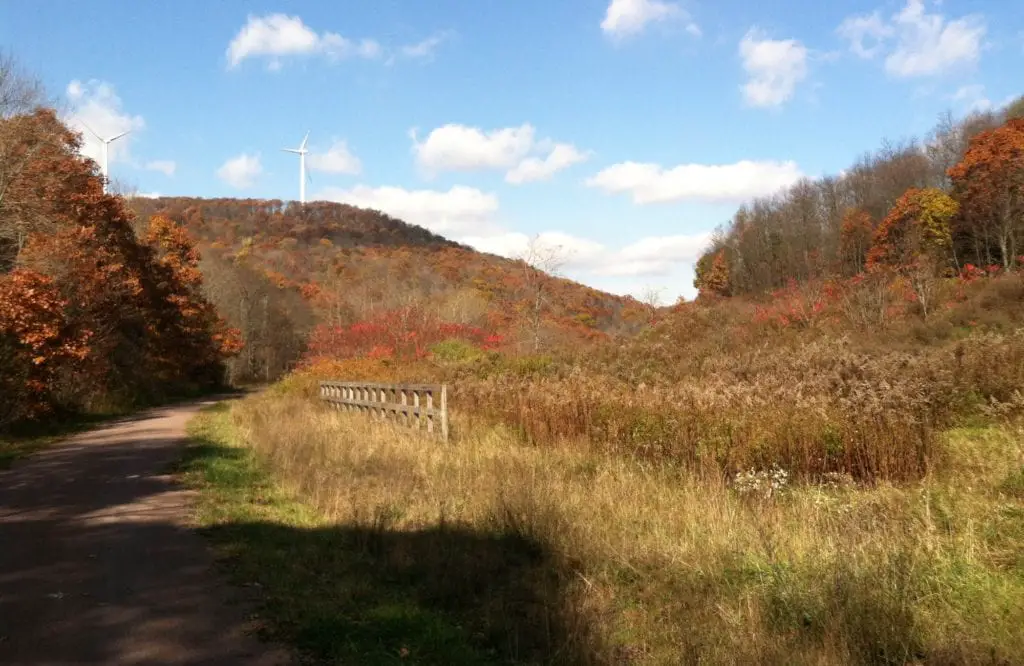
The Great Allegheny Passage (GAP) and C&O Canal Towpath cover a total of 334.5 mi (528.3 km) from Pittsburgh, PA to Washington DC. The GAP is an obsolete railroad track that climbs uphill from 720 ft to a peak elevation of 2,392 ft and descends to Cumberland, ML where bikepackers will encounter the C&O Canal Towpath.
While the GAP is a gravel road, the C&O Canal Towpath runs on dirt and clay. Bird photography enthusiasts will love this route, as there is a diversity of birdlife peeking out from the foliage.
In Vermont, the Green Mountain Gravel Growler (GMGG) features 248 mi (399 km) of magical dirt roads and woodland paths that breathe history. There are many unpaved roads bordered by groves of shedding trees and shrubbery, but the highlights of this route are the local breweries that bring life to the charming towns in Vermont.
The GMGG connects 13 breweries, 2 classic brewpubs, and taprooms in the center of the state. Be careful not to enjoy yourself too much on the craft beer, though!
The Midwest
The Midwest is an expanse of flat farmlands and rolling terrain with some variation. In the west, the Appalachian Plateau greets the low hills of Ohio, then the prairies of Iowa and Illinois. Rainfall is more frequent in the east than in the west.

The Maah Daah Hey spans the rocky wilderness of North Dakota for 158 mi (254 km). All tracks are unpaved and rise to an altitude of 15,086 ft. Along the trip, you will encounter the animals of the prairie – elk, coyotes, bison, and horses, to name a few – so extra awareness of your surroundings is a must.
The landscape varies from low hills to thriving valleys, even portions of the Missouri River. Most of the land is made of bentonite clay, so riders are advised to look out for precipitation.
For a different experience, you may travel to Minnesota for a taste of Straddle and Paddle, which traverses the Lake Superior shoreline for 180 mi (290 km). This route is a bit more developed than most, offering many amenities and other activities. Campsites are readily available in this area, and the route also touches the Boundary Waters Canoe Area Wilderness, where you can have a go at canoe riding.
In Wisconsin, the Tour de Chequamegon is 107 mi (172 km) long and is ideal for a weekend trip. It features gravel roads and is near the Chequamegon-Nicolet National Forest. There are nearby towns for replenishing food stock and water, so if you are a spontaneous rider in need for a quick escape to the woods, this trail is perfect for you.
Ride smoothly by keeping in mind these bike road trip mistakes.
The South
Affectionately called Dixieland, the South includes temperate, sub-tropical, tropical, and arid climatic zones, which means that it is largely varied in terms of terrain and weather. The region is known for its high atmospheric temperature and humidity, defined by long summers and short winters. Here, fields abound, but bayous and swamplands are also distinct features.
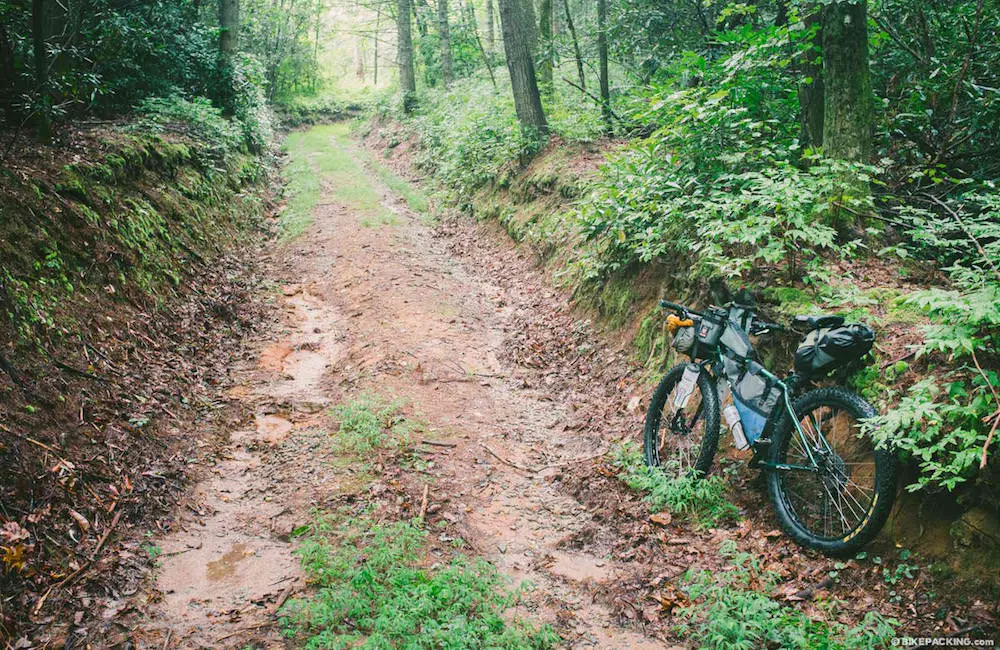
Trans North Georgia winds through the southern descent of the Appalachian Mountains for 350 mi (563 km) and consists of a single track, forest service roads, and dated 4×4 trails that seasoned riders will enjoy. The rocky topography holds groves of hardwood trees and lively pines. If you look more closely, you may even get a glimpse of waterfalls.
For a relatively shorter trip, you may opt for the Croatan Gravel Vanish in North Carolina. This bikepacking trail lies completely within the Croatan National Forest. The route extends on gravel and concludes at the Neusiok Trail. This is the trump card of the Croatan Gravel Vanish, as it is a mixture of unlikely textures: swampy, sometimes with protruding, knotted roots, and sandy.
Bikepacking requires a lot of prepping. Perhaps some high quality rucksacks would help?
The West
To the left of the Mississippi River, plains, plateaus, mountain ranges, and famous shores make up the West. This sunny region has many rivers that lead up to the Pacific Ocean, to which a wide coast opens up. The West isn’t known solely for its shorelines, as it also features some of America’s major ranges, Rocky Mountains, and the Sierra Nevada, and is considered a geological goldmine of metamorphic and igneous rock formations.
The Baha Divide provide a 1,673 mile (2,692 km)-long desert path from the Pacific Ocean to the Sea of Cortez. Although it begins in the US, the majority of the route is in the Mexican state of Baja California. Like the GMGG, it crosses culturally important sites like ranchos and fishing villages.
Along the way, you will pass by busy highways and encounter people that will welcome you into their communities. But don’t fret, Baja California is sparsely populated, so you can still enjoy your bikepacking trip without having to deal with too many locals.
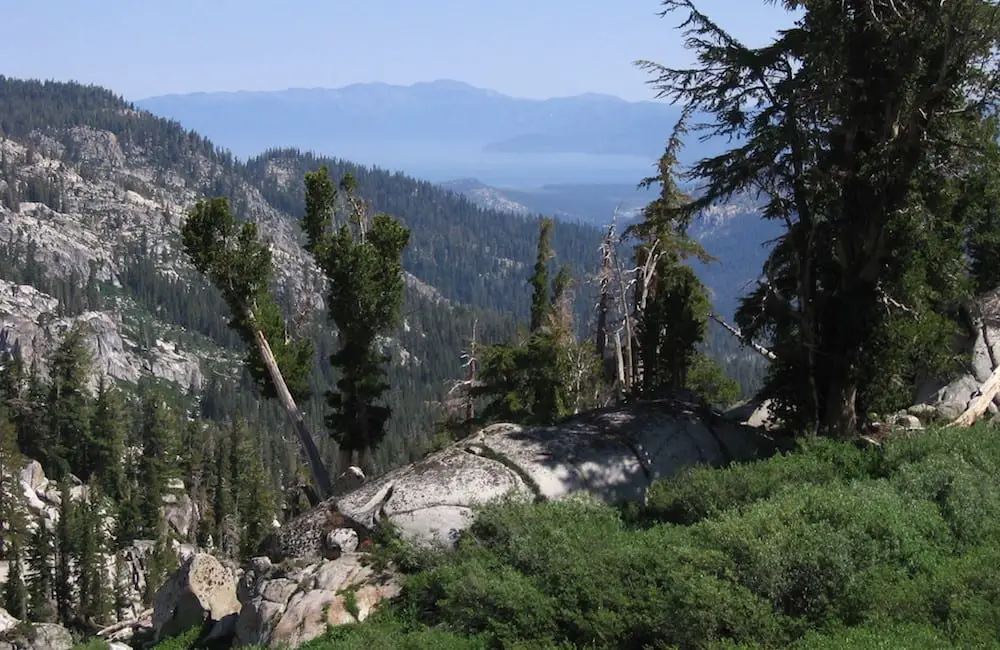
Tahoe Rim Trail follows the rim of Lake Tahoe in less than 100 mi (161 km), making it one of the shortest routes. It sits between California and Nevada and challenges bikepackers to endure hot uphill jeep tracks, single track bounded by rocks, and abandoned roads with thick layers of flora. Despite being short, it is fairly difficult. Some areas are restricted so a full revolution around the lake is not possible by bike.
Often, cyclists travel on two separate sections of the route: the first is from Kingsbury South to Big Meadow, and the second starts at Brockway Summit and ends at Barker Pass.
Bikepacking trails are scattered all over the US for everyone to enjoy, so don’t limit yourself to riding along typical bike trails or highways. Look a little father and explore!


